This post may contain affiliate links. Please read our disclosure policy.
How to make rose water at home with a couple of quick and simple steps. The distilled rose water can be used in recipes, as a beautiful product, a scented room mist, or even as a gift!
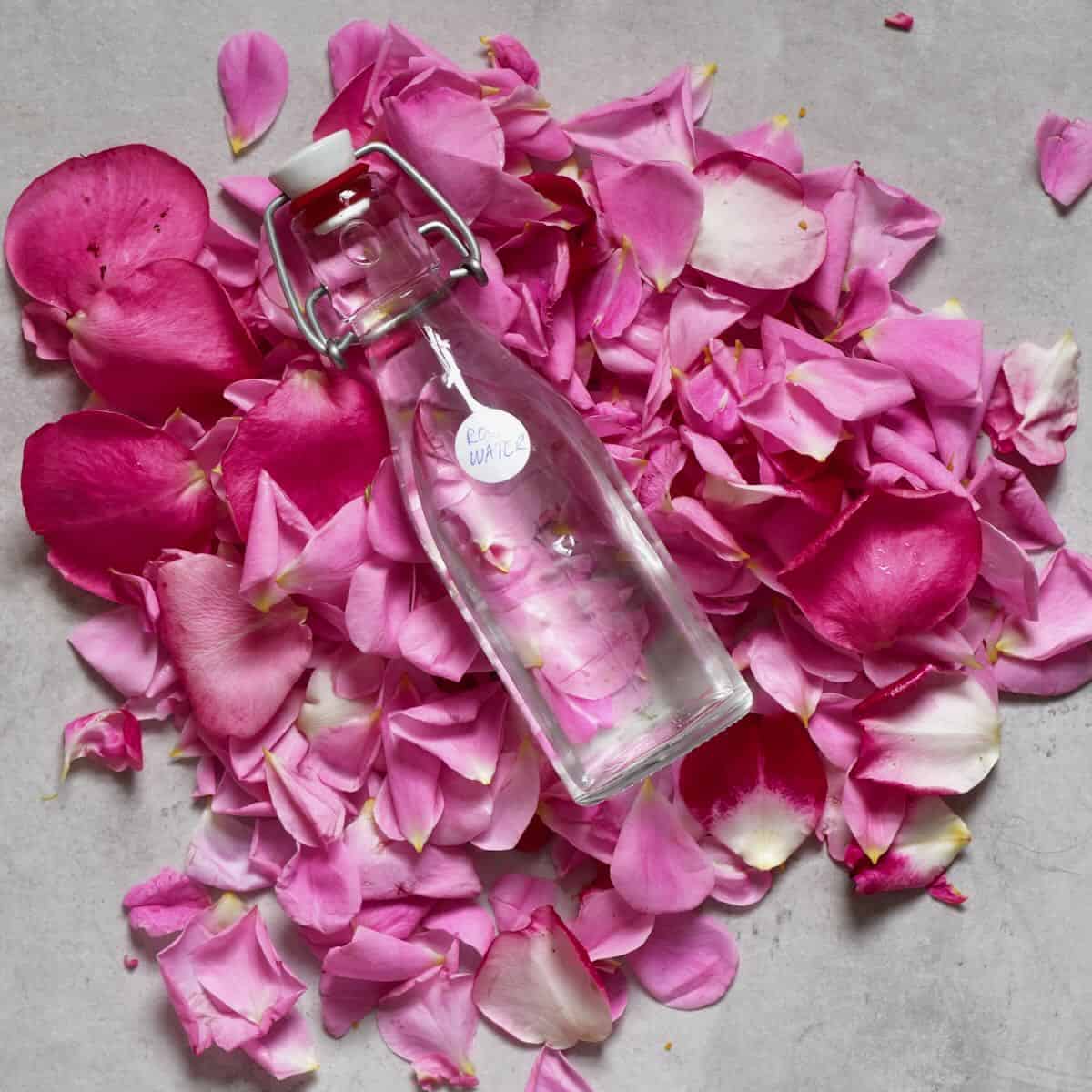
I love all sorts of DIY projects and this homemade rose water is one of my favorites. I find its lovely smell so relaxing, that I can spray it around me all day long. Plus, it can also be used for cooking and in cosmetics so I just had to learn how to make DIY rose water.
Want to save this recipe?
Why make rose water at home
If you too enjoy the smell of roses, you’ll love how simple the method of making rose water is and how fragrant it is. Plus, the resulting distilled water is completely chemical-free and is made using just water and organic rose petals. This means that you can use it both as an all-natural beauty product and in the kitchen.
However, to make it safe for consumption rose water needs to be made by distillation – this is the process of evaporating the water and then condensing it back to liquid. Then the distilled rosewater will have all of its impurities removed while keeping the floral aroma and taste of the roses. As this rosewater recipe is very simple, you can then quickly enjoy all of its benefits.
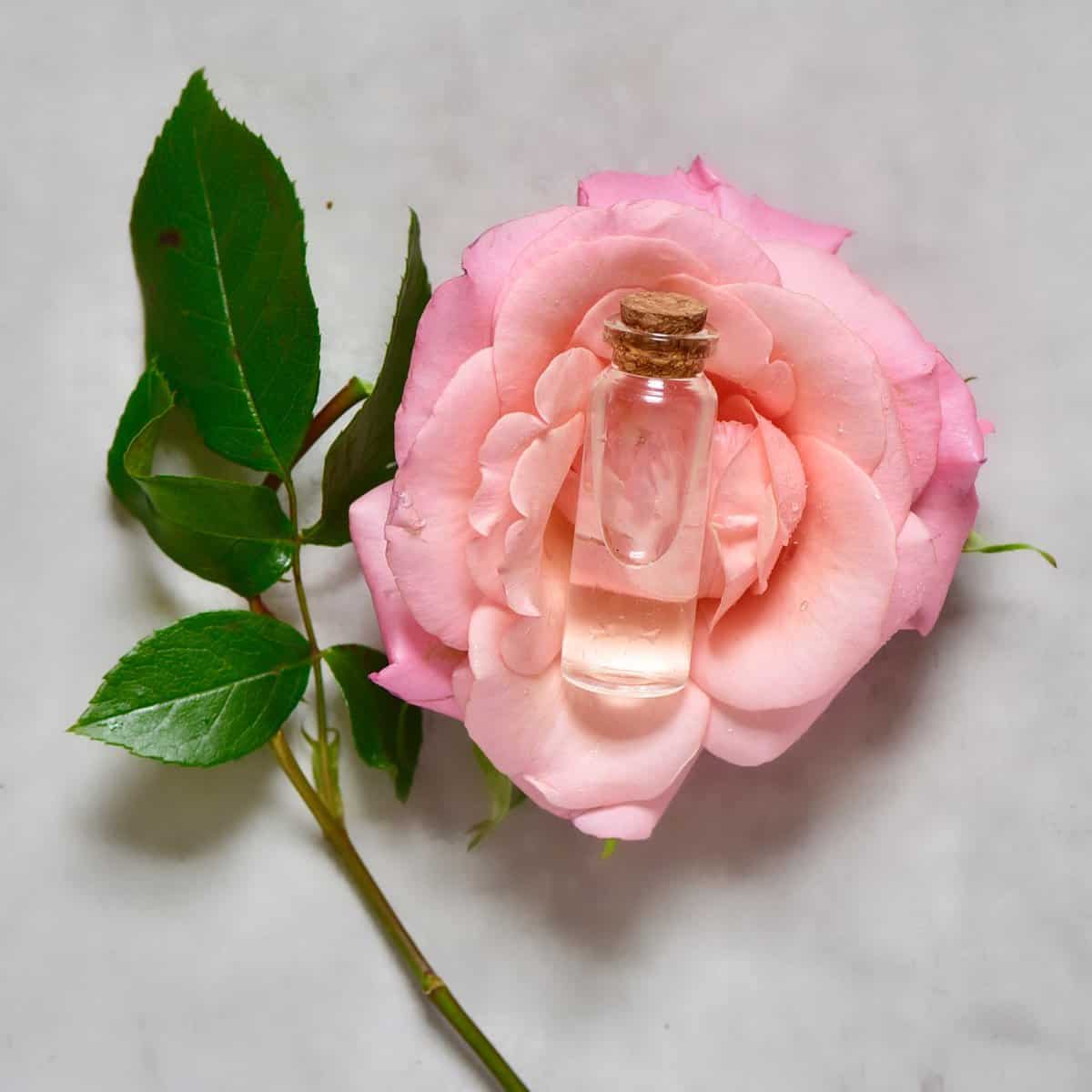
What you’d need
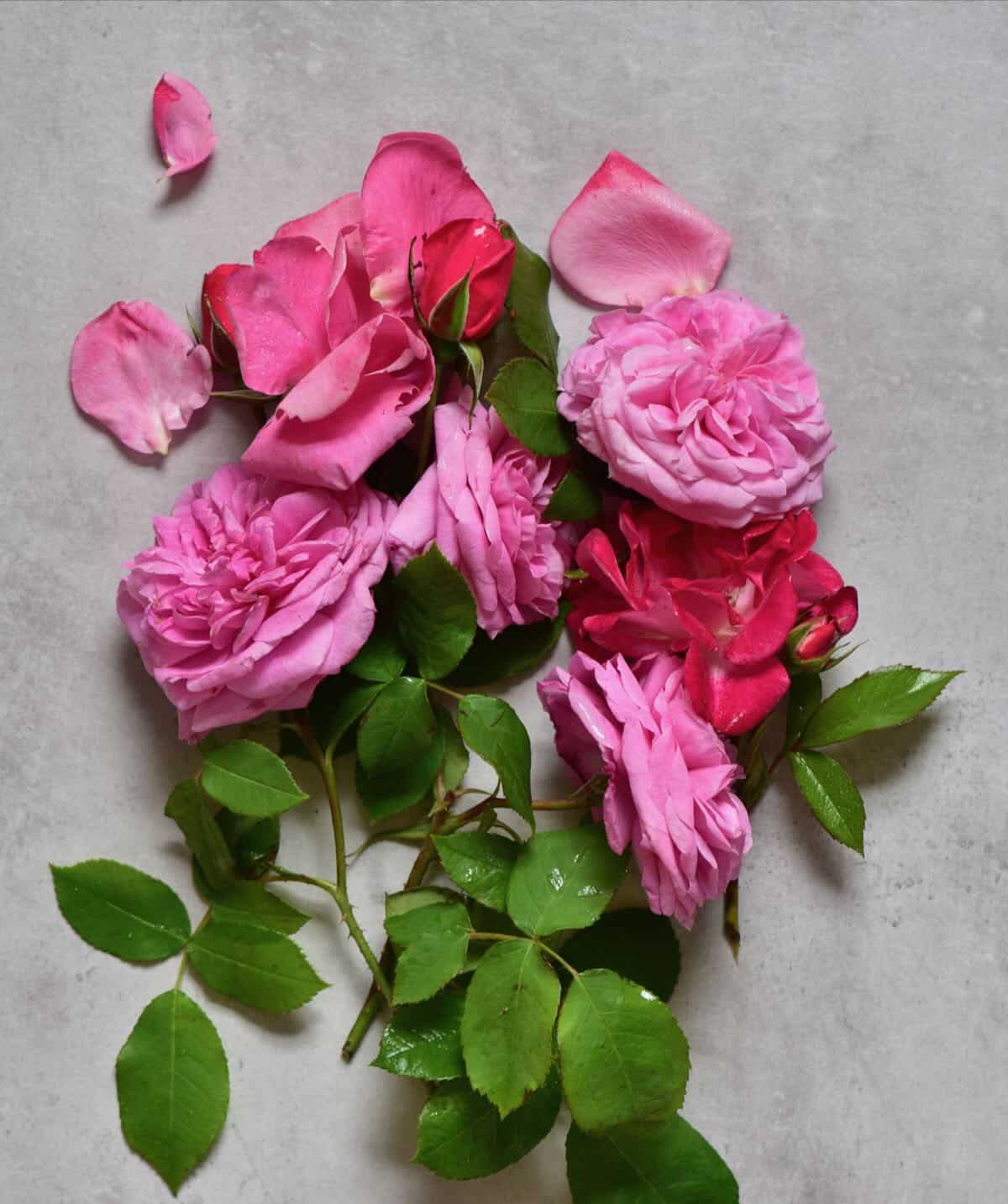
- Fragrant fresh roses: Rosa damascene (damask rose) and Rosa centifolia (centifolia/”cabbage” rose) are great choices but others will work too as long as they are aromatic roses, free of pesticides. Those from the flower shop are often sprayed with pesticides so you shouldn’t use them. Instead opt for unsprayed organic roses, foraged ones, or those from your garden (as long as you know if they are sprayed or not). You need 4-5 blossoms.
- Water: Tap water is fine as we’ll be boiling it. You can also use distilled water.
- Ice cubes: To help with the distillation process.
How to make rose water
Prepare the roses: If you are using roses from your garden, it’s best to pick them first thing in the morning – they will be freshest and most aromatic then. Remove the rose blossoms from the stems, separate the fresh petals, and carefully rinse them to get rid of any dust or little critters.
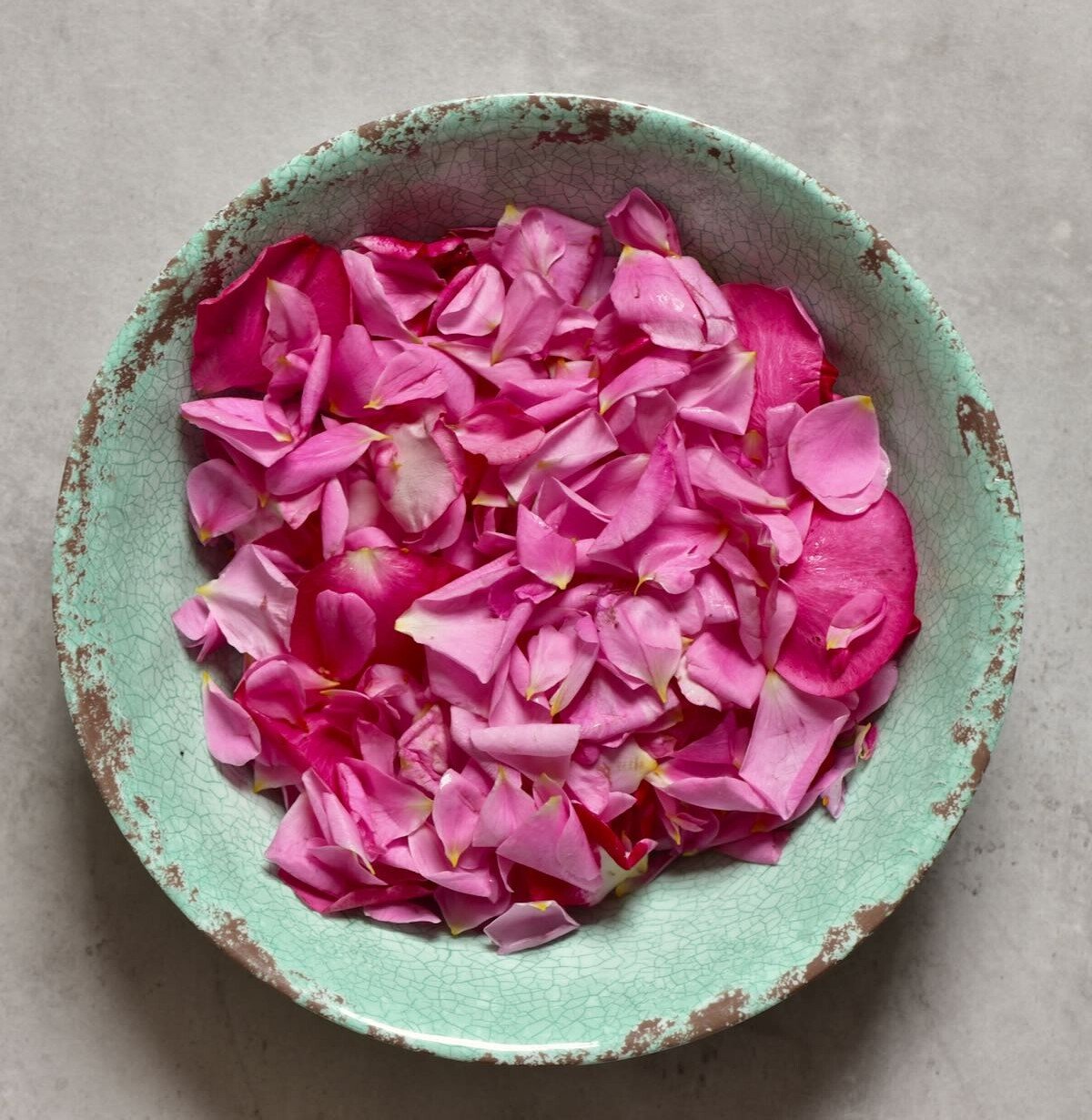
Heat the water and petals: Put a heatproof bowl at the center of an empty pot – this is where the distilled water will collect. Then add the rose petals around the bowl (not inside it). Add enough water to cover the petals. Bring to a gentle boil over medium heat, then let it simmer.
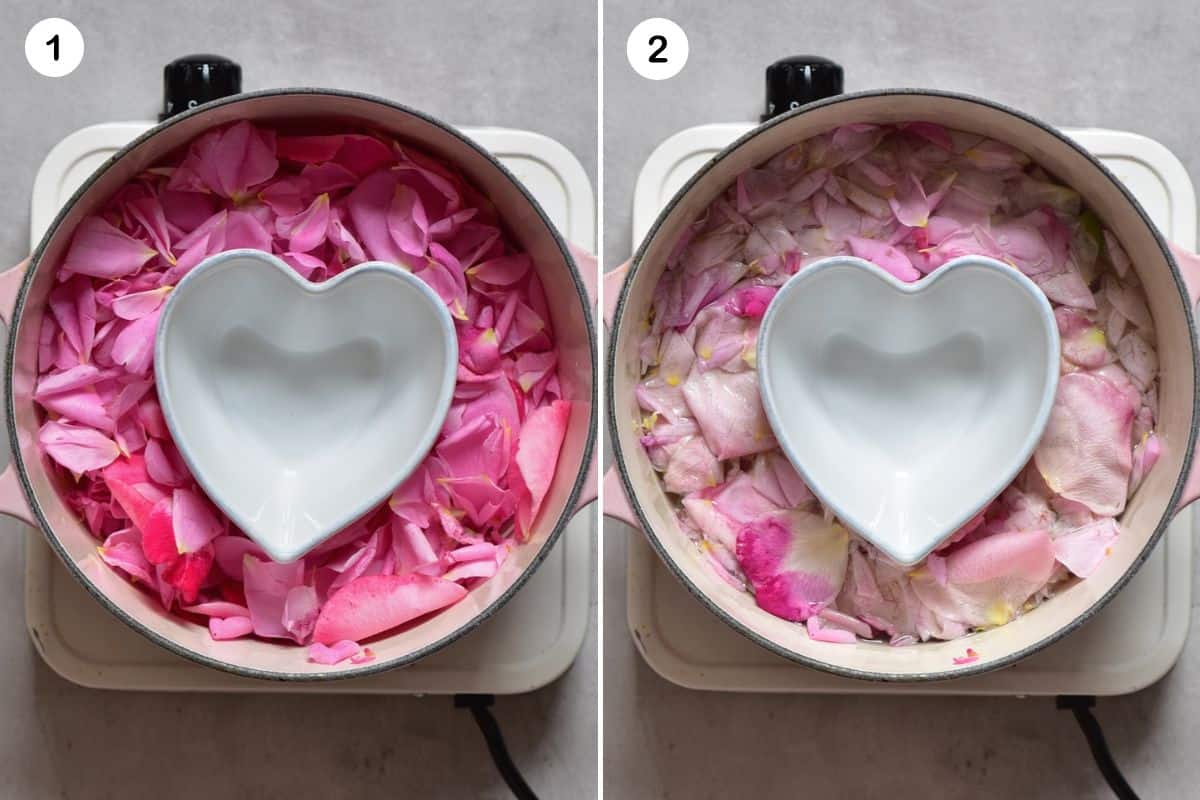
As soon as it boils, place the lid on upside down so the handle is facing into the pot. The inverted lid will help catch the vapor for this distilling method so the water can roll down and drip into the bowl.
Ice the lid to distill the water: Next, add some ice to the top of the lid. As soon as it melts, add more ice cubes. This helps with the condensation of the evaporated water under the lid. You can spoon off the melted ice or use a towel to soak it up. Keep repeating this step for about 20-30 minutes.
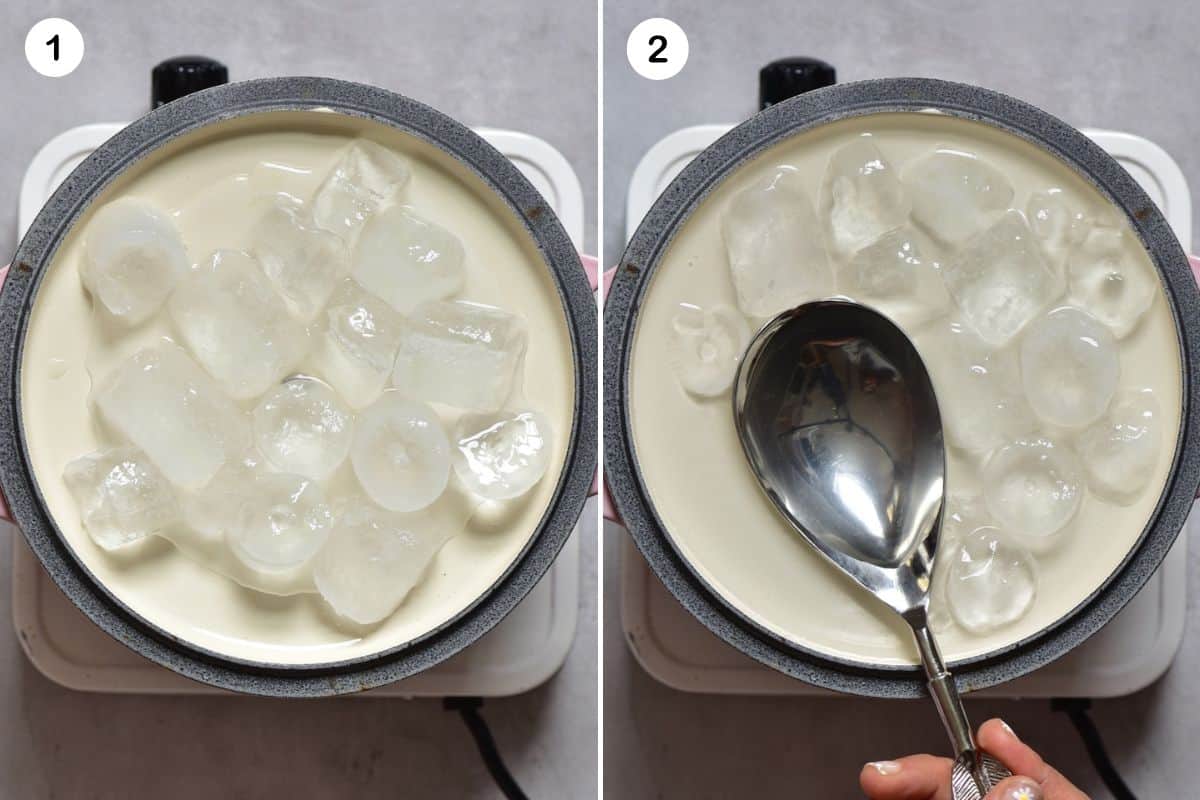
Cool the rose water: In about 30 minutes, the distilled rose water will be ready. It should have condensed into the bowl in the middle of the saucepan and should be completely clear.
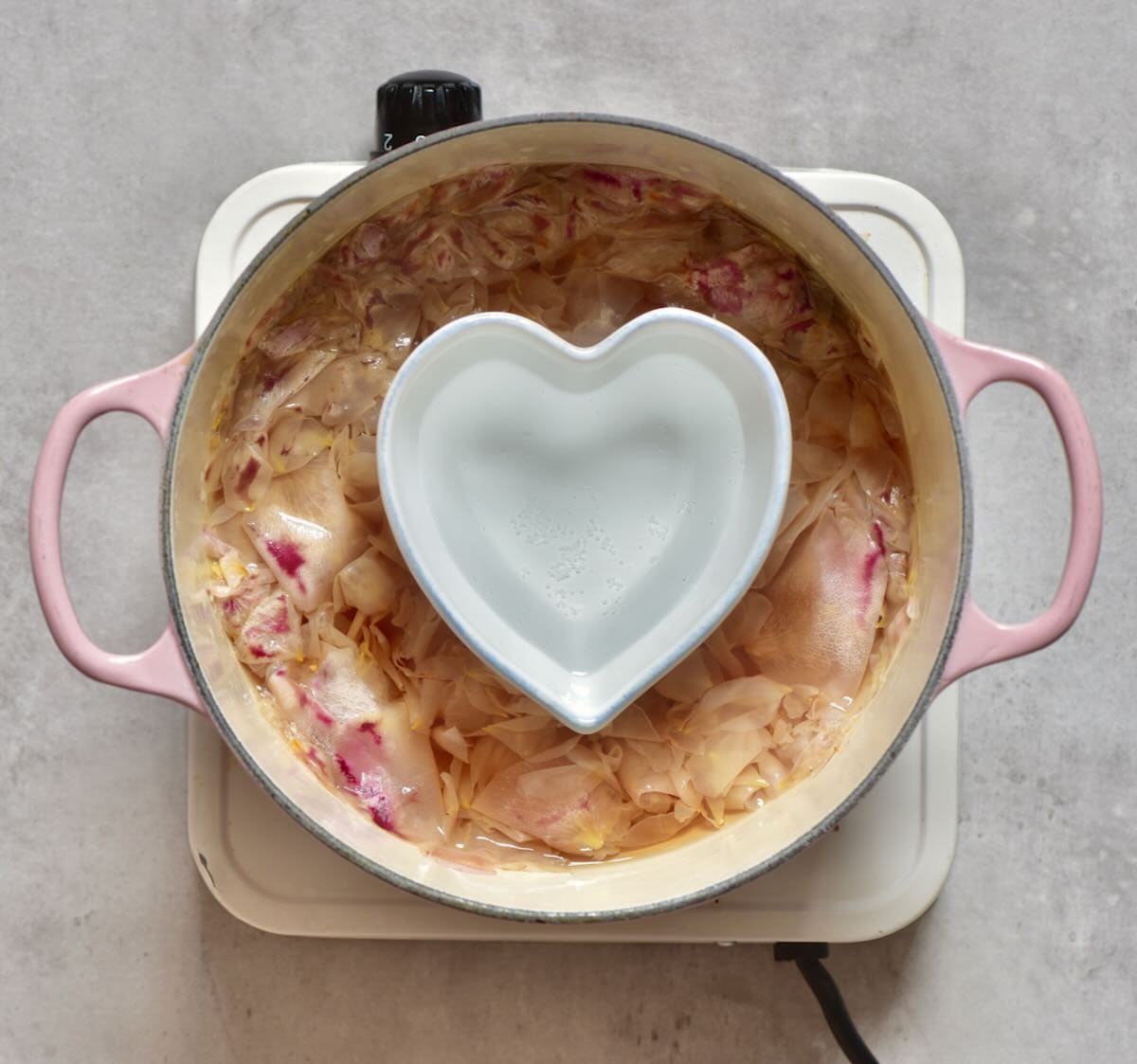
Finally, carefully remove the bowl as it is hot. Set it aside to cool down, then pour the rose water into a clean glass container.
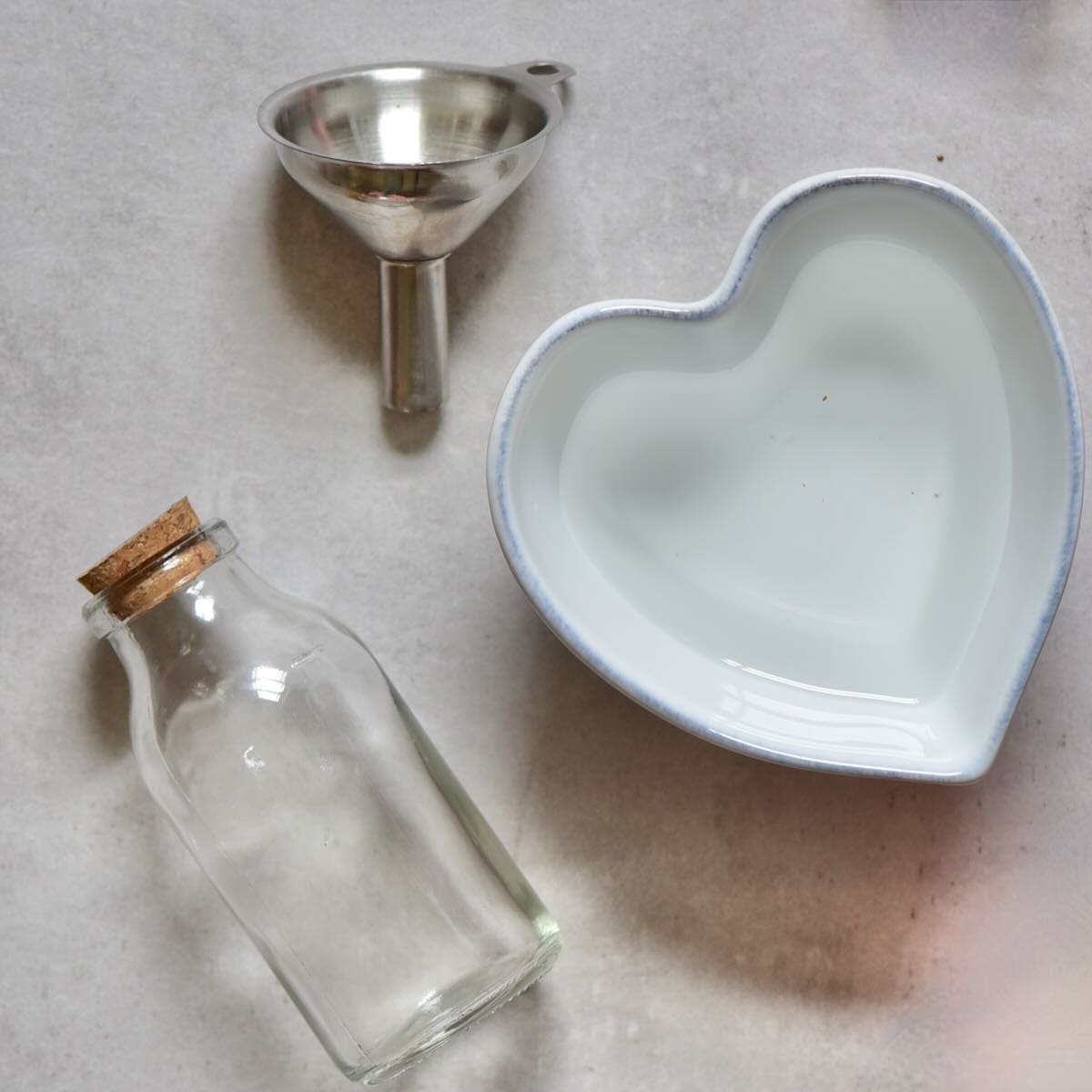
Video tutorial
Storage
Store the rose water in a glass container or a spray bottle in a cool dry place. Make sure to keep it out of direct sunlight and heat. When stored properly, it can last for months, if not even years.
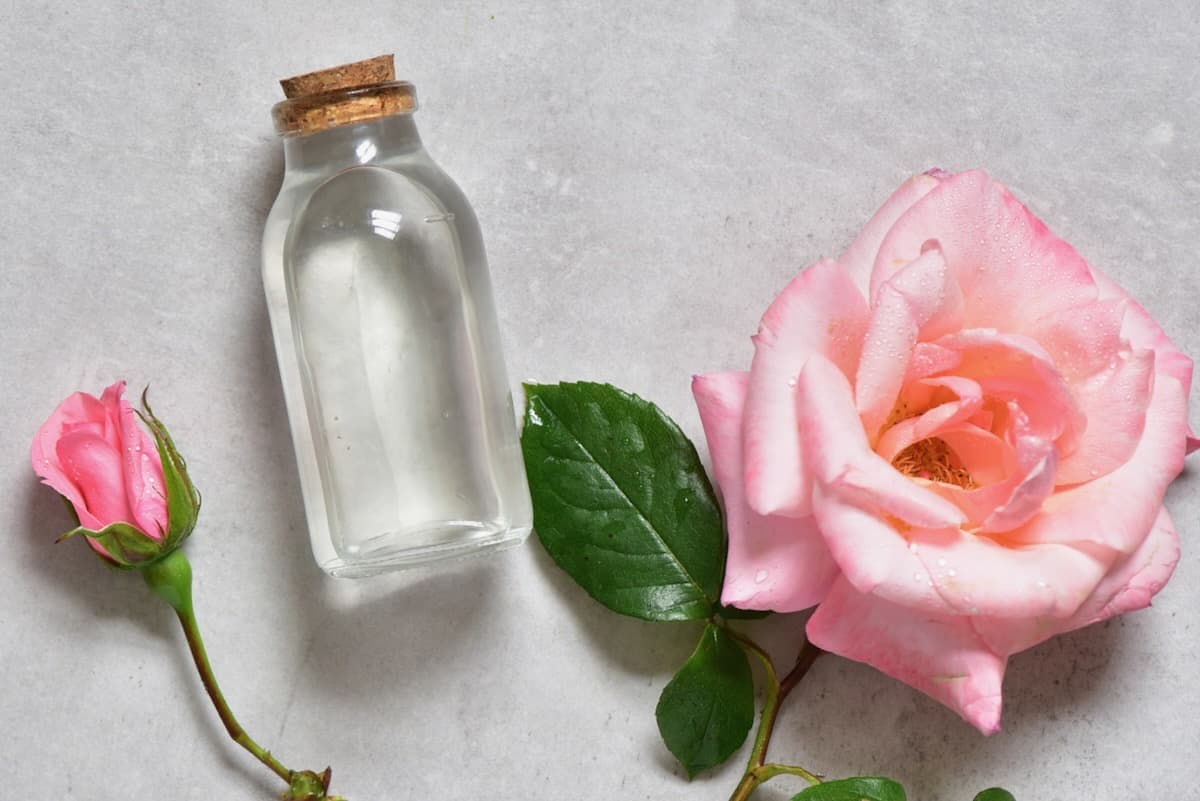
How to use rose water
Because this is pure distilled rose water, you can use it both for cooking and for beauty.
- Aromatic mist: It’s great to be used as a room spray! You can even spray it onto your pillow at night to help you sleep better or added to your bathtub for an aromatic bathing experience.
- Add to drinks: Add a few drops for a delicate floral flavor in cocktails or summer drink recipes like this Fresh Raspberry Lemonade.
- Use in desserts: A lot of traditional Middle Eastern desserts use rosewater, like this baklava recipe, bread pudding, or ashta cream. You can also add a drizzle to ice cream, tarts, and more.
- Skincare: Rosewater hydrates and refreshes the skin so you can use it as a natural facial toner, add it to a body lotion/moisturizer, or use it as hair perfume.
More rose recipes and DIYs
If you try this rose water recipe, let me know how it goes in the comments below. I’d appreciate a recipe card rating and would love to see your recipe recreations – tag me on Instagram @Alphafoodie!
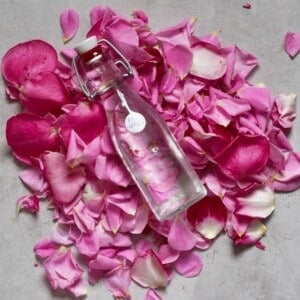
How to Make Rose Water
Ingredients
- 4-5 blossoms of fragrant organic roses make sure they are pesticide-free
- 3-4 cups water enough to cover the petals in your pot
- 3-4 cups ice cubes
This will yield about 1/2 cup (125 ml).
Instructions
- Remove the rose blossoms from the stems, separate the fresh petals, and carefully rinse them to get rid of any dust or little critters.
- Put a heatproof bowl at the center of an empty pot. Add the rose petals around the bowl (not inside it).
- Add enough water to cover the petals. Bring to a gentle boil over medium heat, then let it simmer.
- As soon as it boils, place the lid on upside down so the handle is facing into the pot.
- Add some ice to the top of the lid. As soon as it melts, add more ice cubes. You can spoon off the melted ice or use a towel to soak it up. Keep repeating this step for about 20-30 minutes.
- In about 30 minutes, the distilled rose water will be ready. It should have condensed into the bowl in the middle of the saucepan and should be completely clear.
- Carefully remove the bowl as it is hot. Let it cool down.
- Pour the rose water into a clean glass container and store it in a cool dry place.
Video
Notes
Nutrition
Nutrition information is automatically calculated, so should only be used as an approximation.
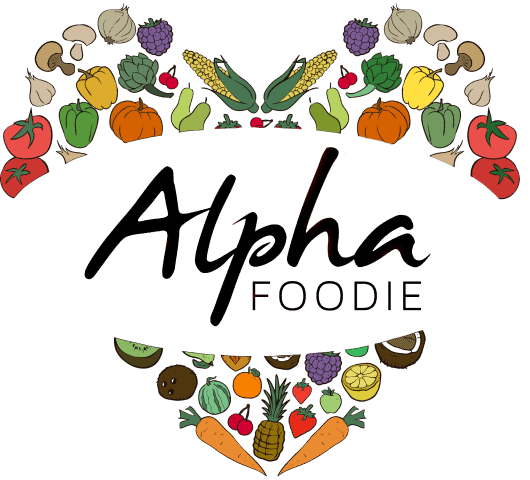
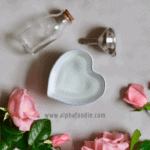
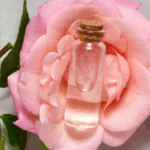

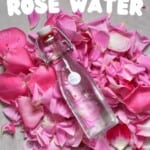
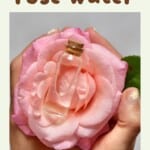
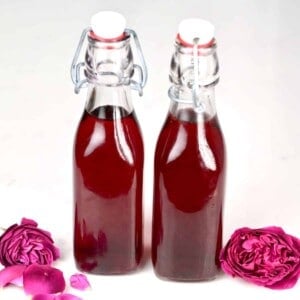
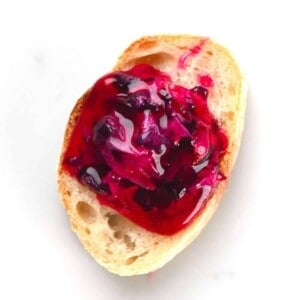










I tried rinsing my petals in warm water gently. There are still little tiny critters. I rinsed them again. Still have critters. Tiny small critters. Is it OK if I just boil them with my petals? As long as I don’t contaminate my drip bowl water with the petal water? I’m trying not to confuse myself or you with my question. Thank you. In case I am unable to get more pedals….I need this first time to work.
I’m grateful to have found your recipe for most of the others just boil the pedals. I’m not eating my water but I don’t want any of it to mold. I appreciate you telling the most effective way to make successful rosewater. Your knowledge with important details is important for my trust. A lot of times details are left out because people don’t know.
Hi Stacie, Indeed, keeping the drip bowl water clean is the most important thing. Having rinsed the petals once or twice should be OK. I hope you try this method of making rose water. 🙂